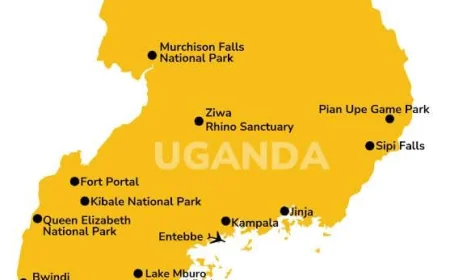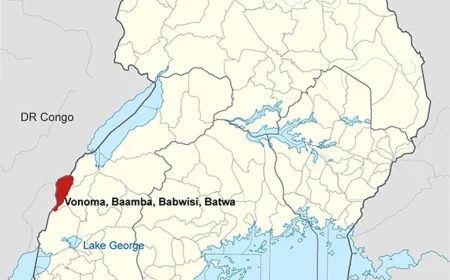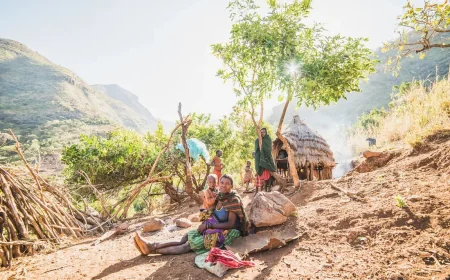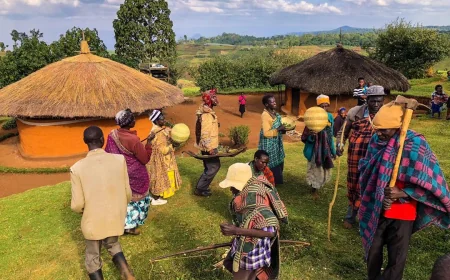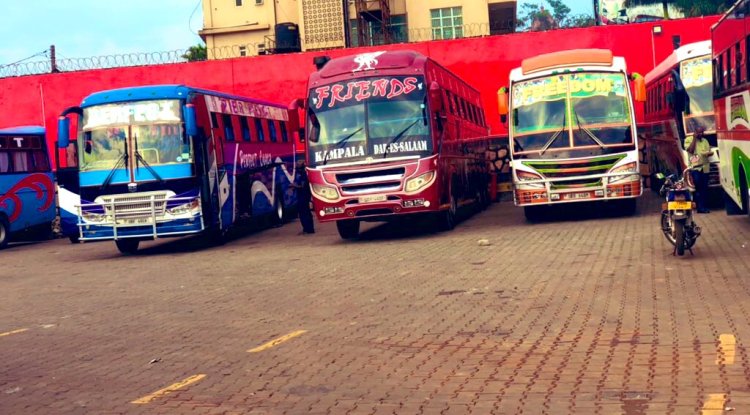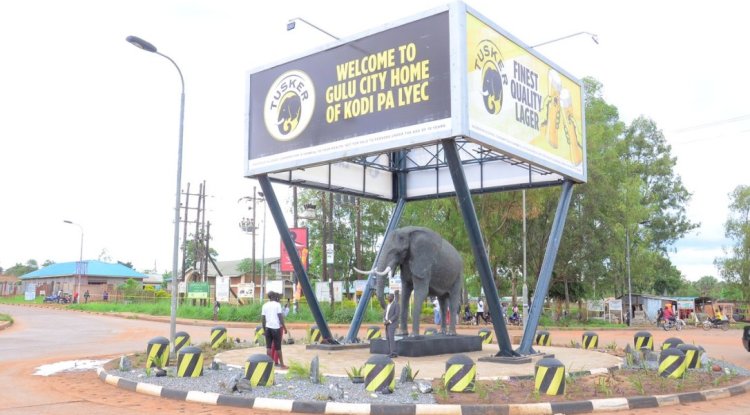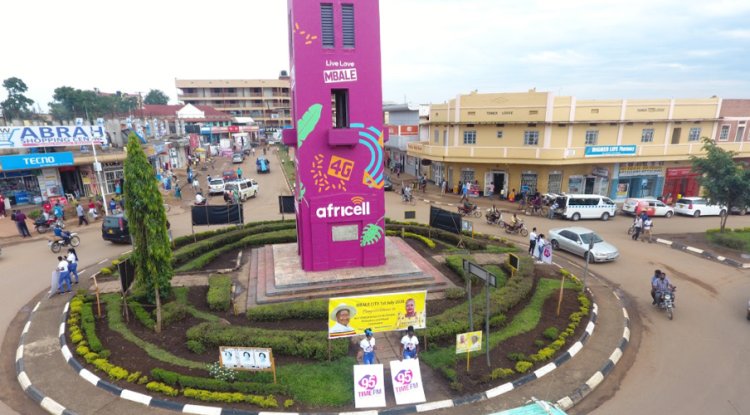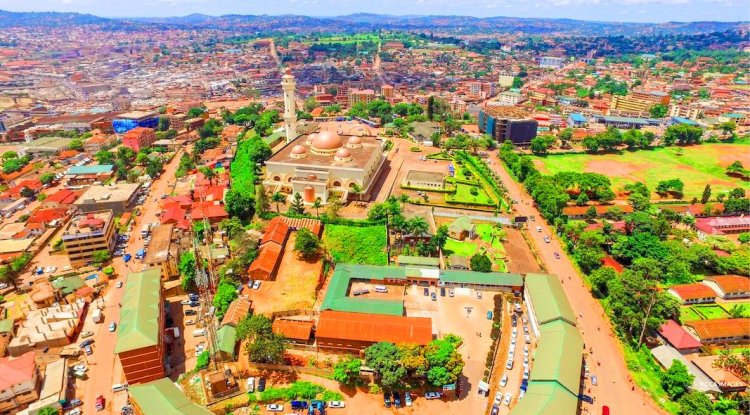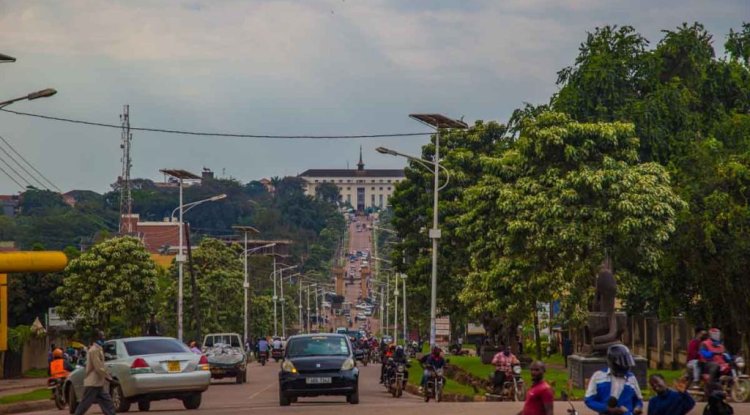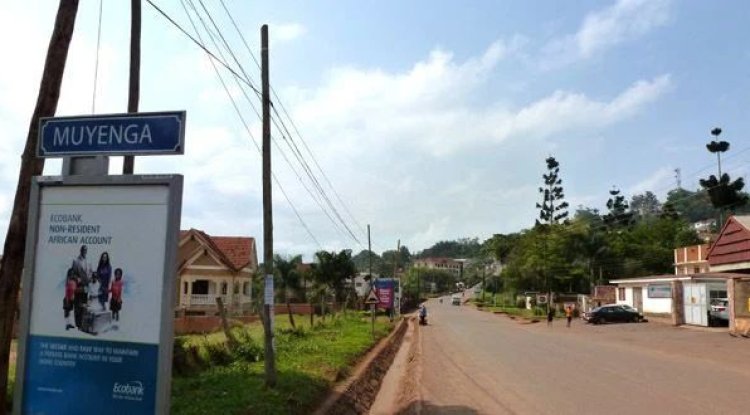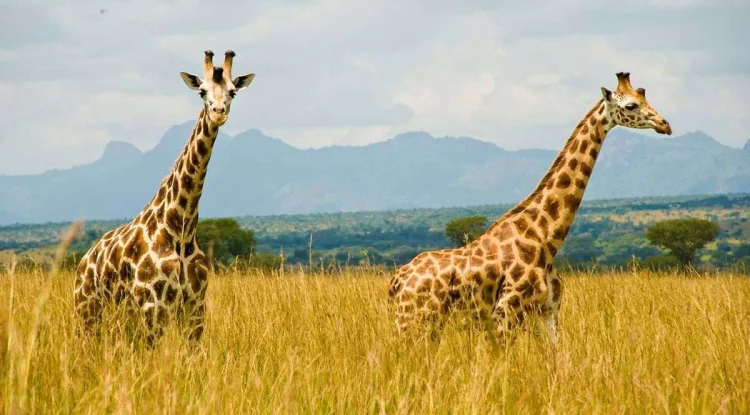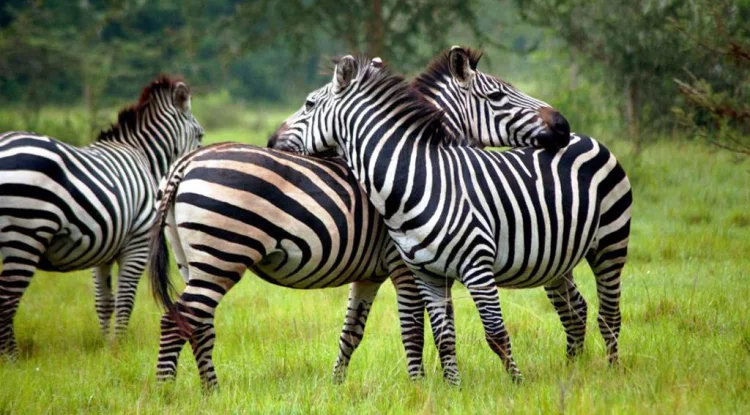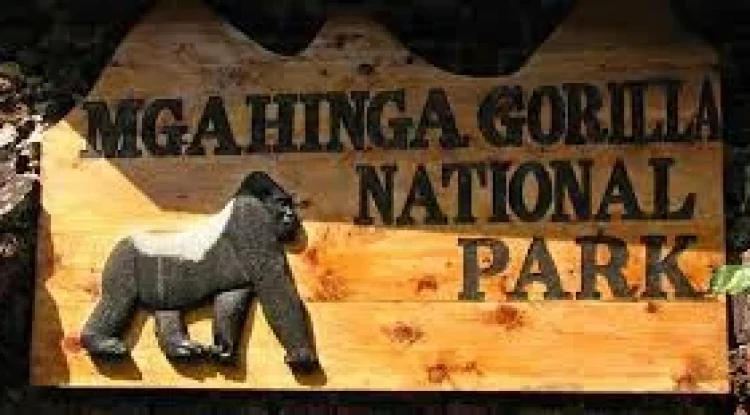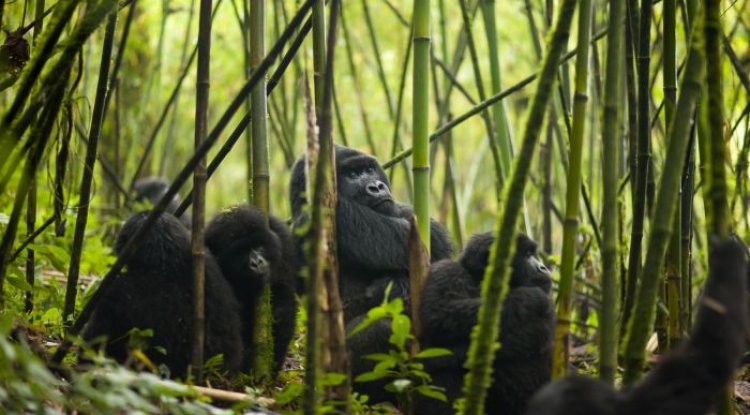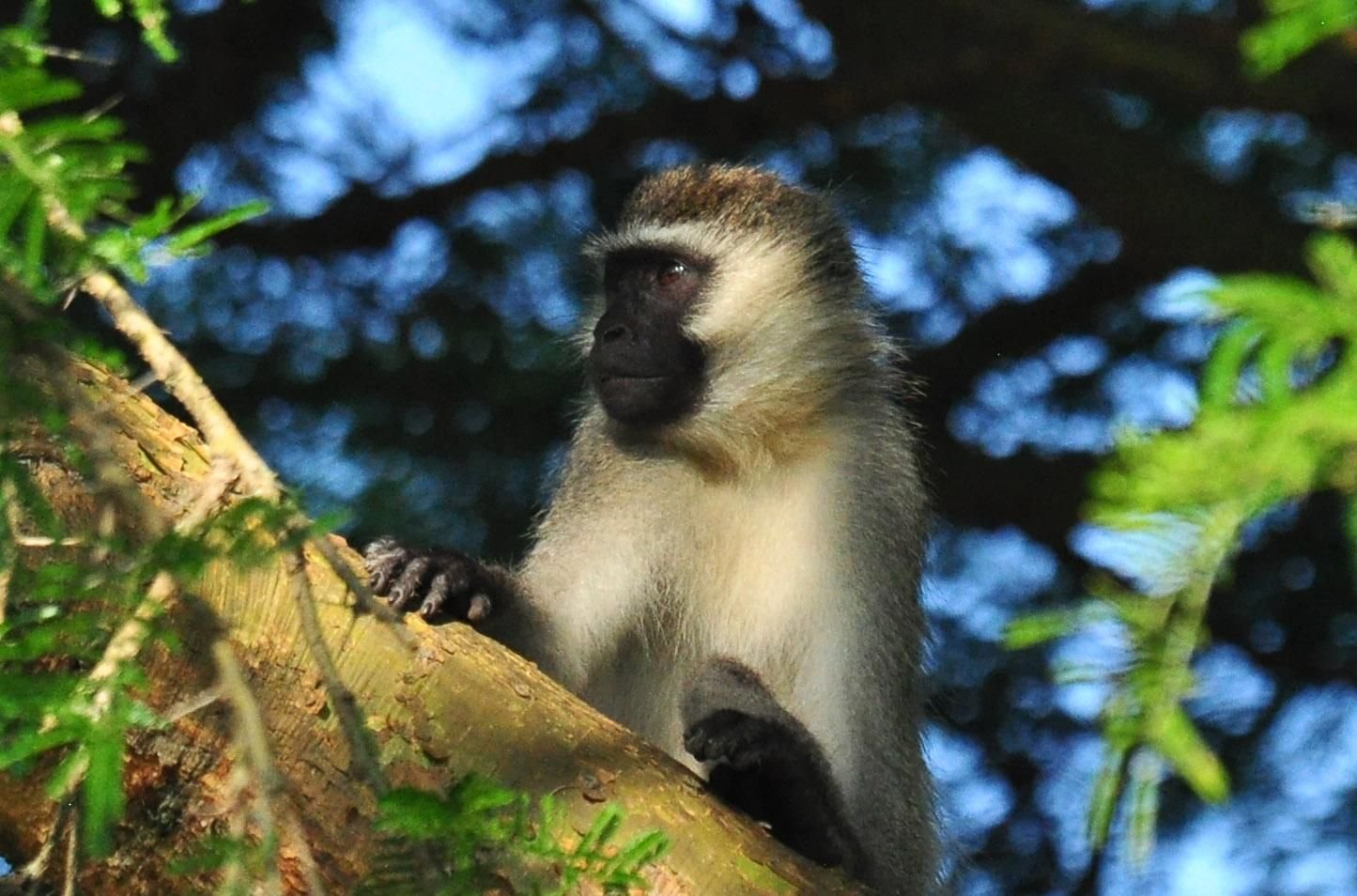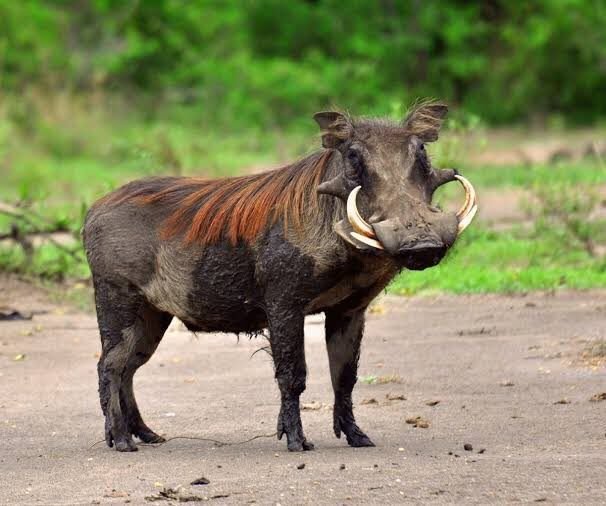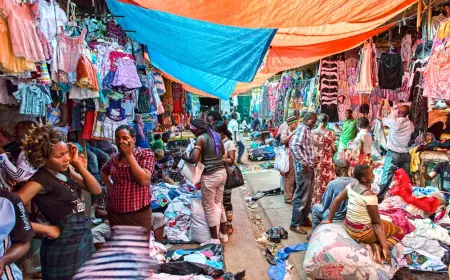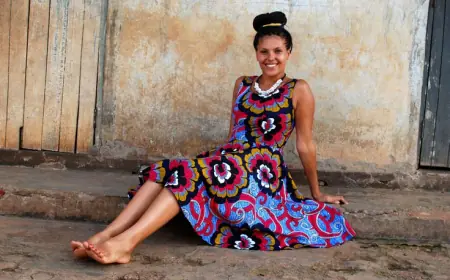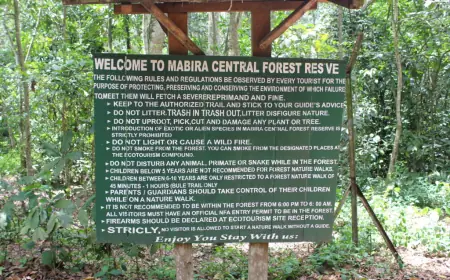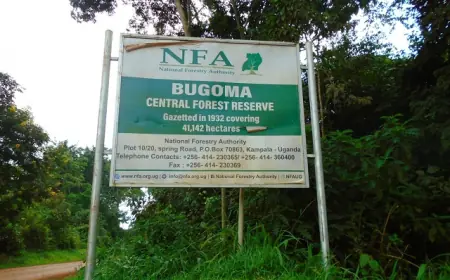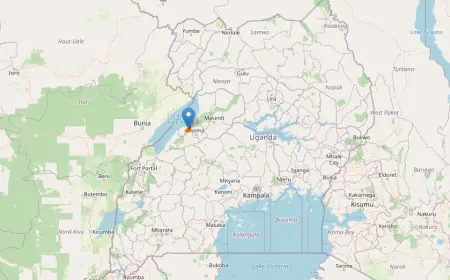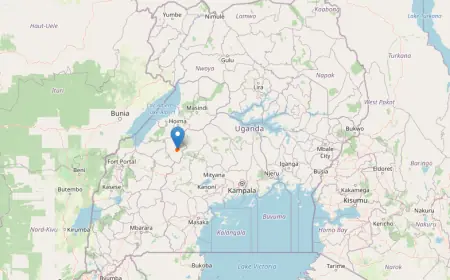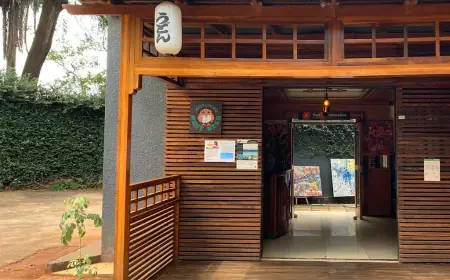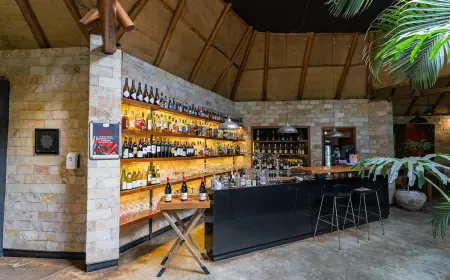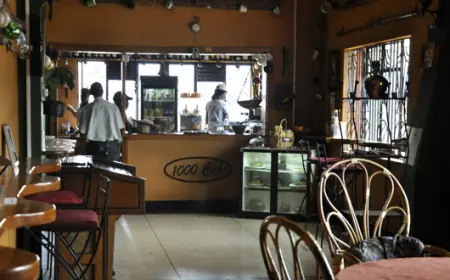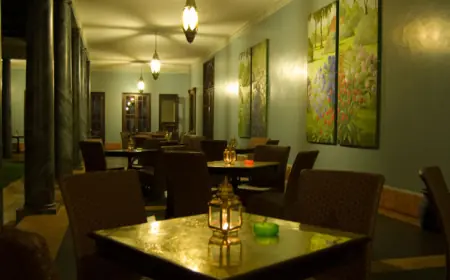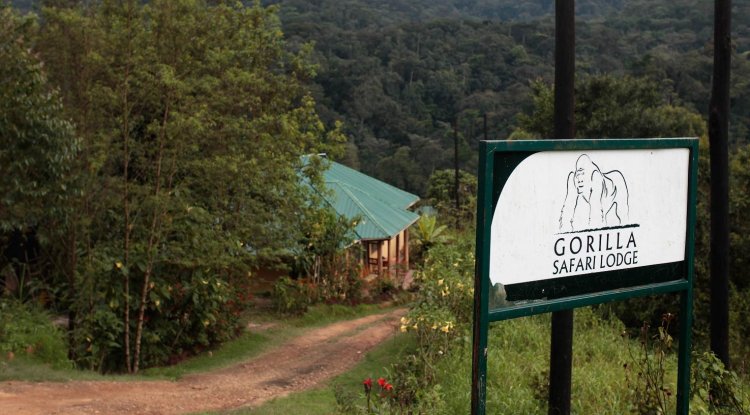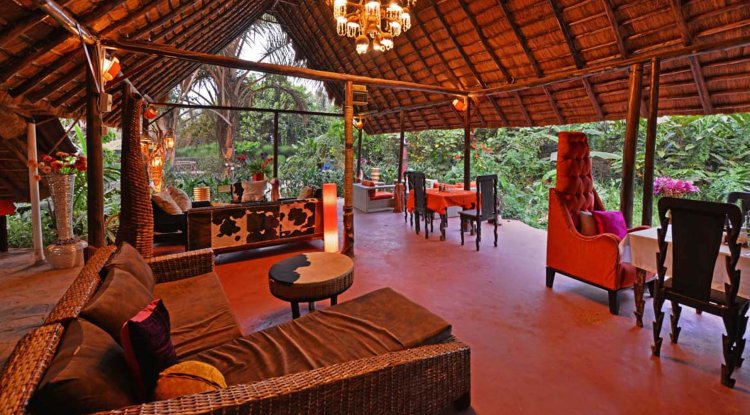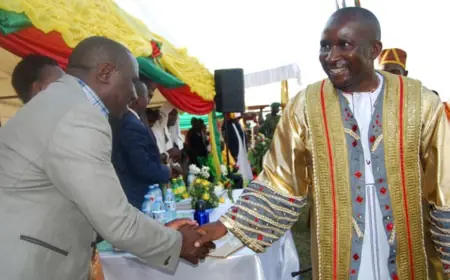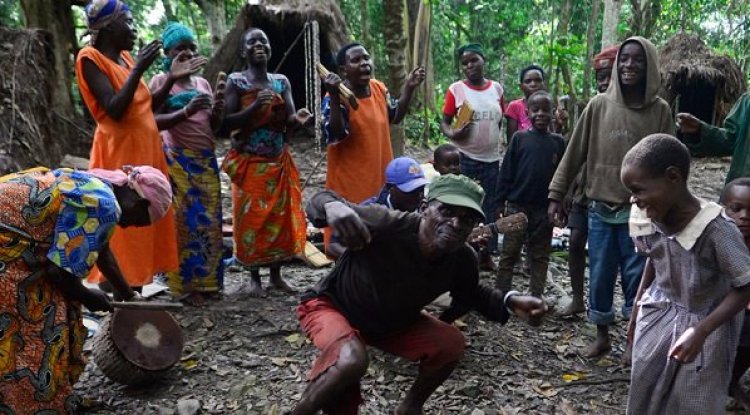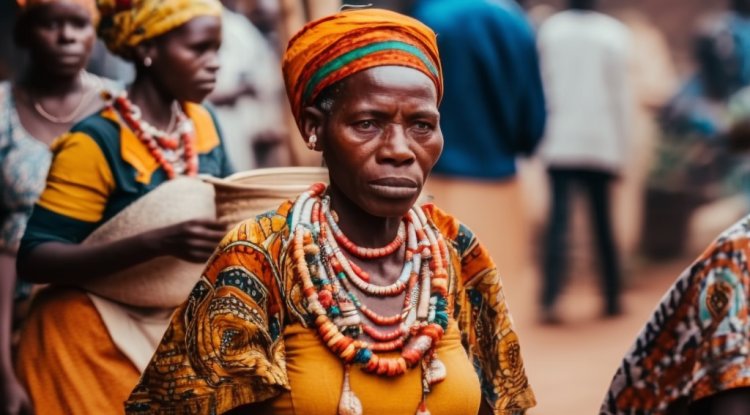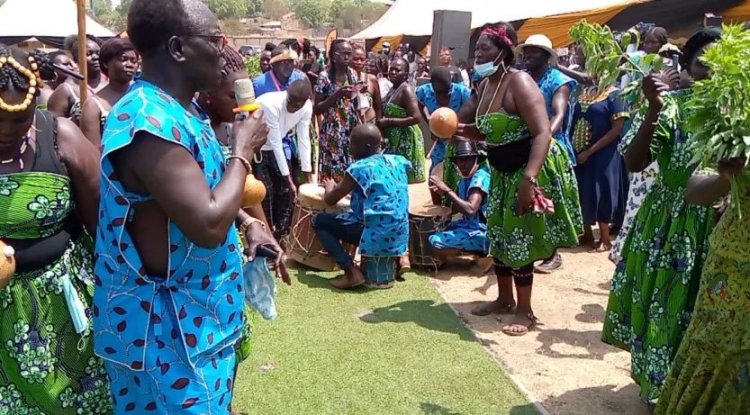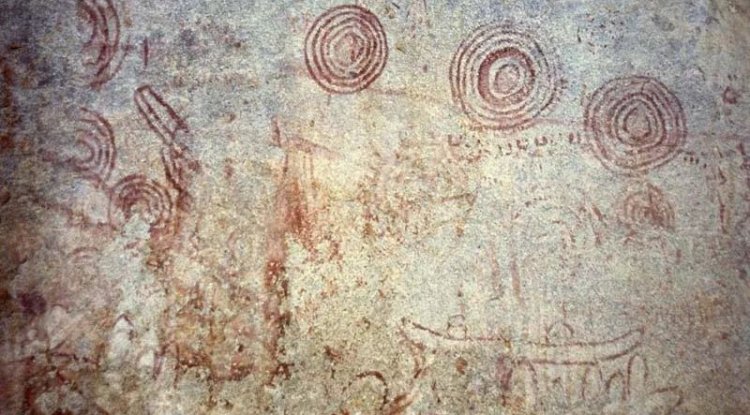The Mening / Katebo
The Mening are Nilotic people from the Ketebo ethnic group.

Imagine living in a lonely and rough area surrounded by mountains and savannas, sharing your land and culture with other tribes who speak different languages. Imagine being one of your country's tiniest and least known ethnic groups, with a population of fewer than 50,000 individuals. Imagine having a rich and diversified background that traces back to Ethiopia and the Nilotic peoples. This is the reality of the Mening, a tribe that lives in northeastern Uganda, close to the Kenyan and South Sudan borders.
Who are the Mening?
The Mening are Nilotic people from the Ketebo ethnic group, which also includes the Napore, Karimojong, Dodoth, and Jie. The Ketebo are thought to have originated in the Ethiopian highlands and traveled south to Lake Turkana in the 13th century. They eventually settled in the Lotukei mountains of Eastern Equatoria, where they coexisted with other tribes like the Bari, Lotuho, and Didinga.
The Ketebo were divided into subgroups in the 17th century, and some traveled south to the Bira mountains. The Mening people, also known as Ketebo in South Sudan, are one of Uganda's smallest tribes. The terms "Mening" and "Ketebo" are used interchangeably for this. ethnic group. Their population in Uganda is over 45,000, making them a relatively lesser-known community within the region.
The Ketebo people are an ethnic group in South Sudan. The Ketebo are inhabitants of Bira which is the land of the Ketebo. Bira which was a Ugandan Protectorate until 1925 and was transferred to Sudan’s administration in 1926.
History
In Uganda, the Ketebo or Mening have resided in what is now Kidepo Valley National Park since 1800, but the British colonial authority designated it as a game reserve in 1958. The goal was to preserve the animals from hunting while also preventing further clearing of the bush for tsetse fly control. Following the evacuation of the residents and the subsequent starvation, the Ketebo people were forcibly transported to different parts of Bira, including Napotpot, Kalo Kudo, Namosingo, Loriwo, and Naurkori in South Sudan. This is highlighted in current park administration as an example of the unacceptable effects of failing to consider community needs while establishing reserves.
The Mening have a clan-based social structure, with 20 clans that are named after animals, plants, or natural phenomena. The clans are exogamous, meaning that marriage is only allowed between members of different clans.
Ketebo clans |
|||
|
|
|
|
Dress Code
The Mening dress code includes a Maasai shuka and beaded jewelry. Men wear a Maasai shuka, which is either tied diagonally from their shoulders or in the form of a skirt. Women wear a Maasai shuka skirt with a beaded belt. Women wear a variety of bangles, necklaces, bracelets, and headpieces.
Conclusion
The Mening are a hidden tribe in Uganda, with a complex and diversified culture, language, and history. The Mening demand recognition and respect, as well as support and aid from the government and other stakeholders, in order to retain their identity and better their status. The Mening are a group that can offer us valuable lessons about resilience, variety, and peace.
What's Your Reaction?
 Like
0
Like
0
 Dislike
0
Dislike
0
 Love
0
Love
0
 Funny
0
Funny
0
 Angry
0
Angry
0
 Sad
0
Sad
0
 Wow
0
Wow
0
